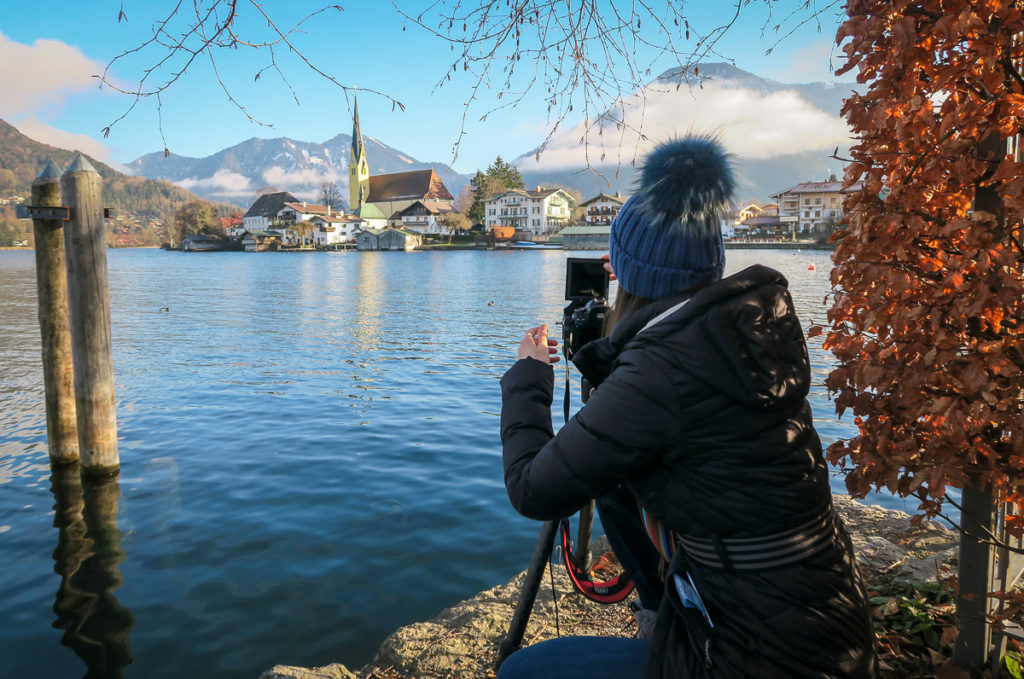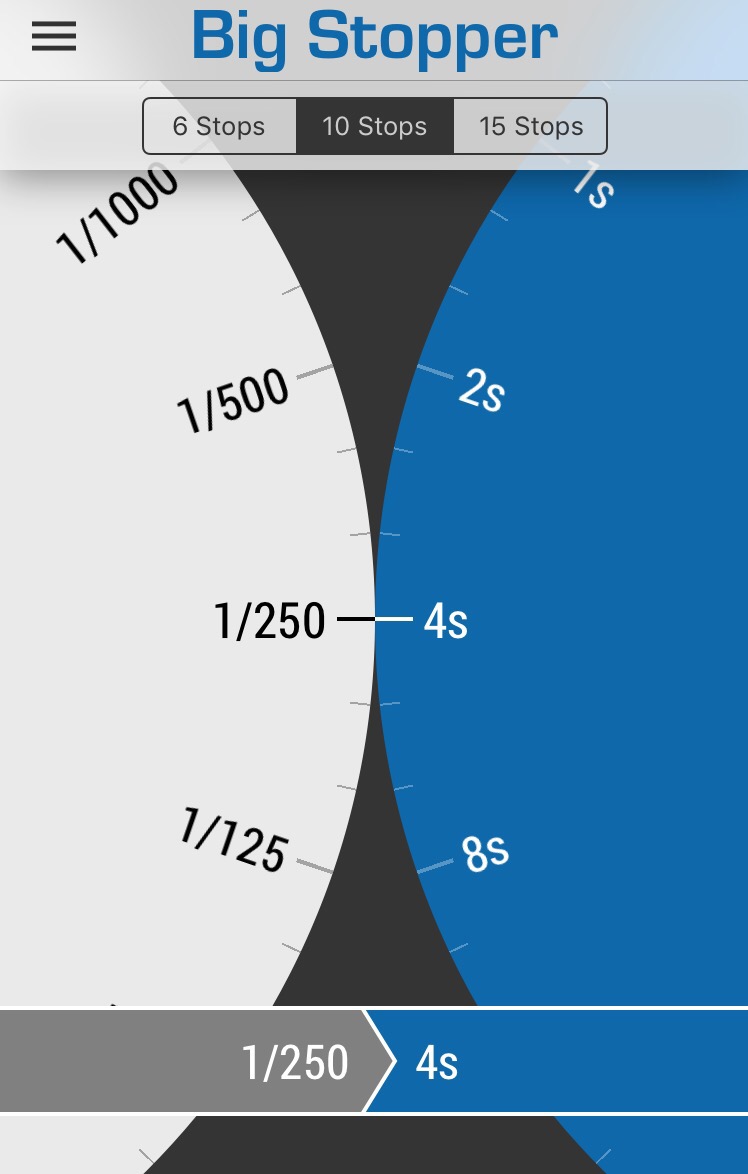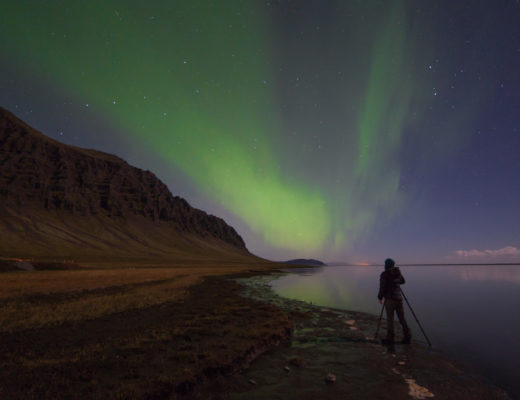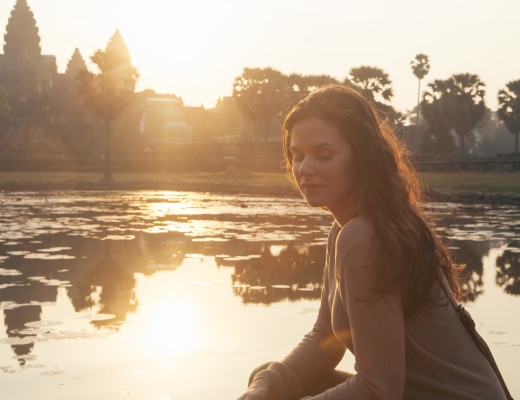Here is a behind the scenes video of me photographing the picturesque Bavarian town of Rottach-Egern using a 10 stop ND Lee filter and a circular polarizer for some silky smooth reflection shots.
Since your “maths” skills might not be up to snuff, here is a quick Q&A on how to calculate time for long exposures with a polarizer and a ND.
How many stops does my ND filter add?
ND filters are described in terms of their Optical Density starting at 0.3 = 1 stop reduction. They increase in increments of 0.3, so 0.6 = 2 stop reduction, 0.9 = 3 stop reduction, 1.2=4 stop reduction etc. Visually, you can get a good idea by looking at the overall darkness of the filter. A 0.3 filter is almost clear, while a 10 stop filter will be almost completely black.
How many stops does my circular polarizer filter add?
Most polarizers will reduce your f-stop by 1.5 to 2 stops. The number of stops will be slightly different from company to company and how the filter is angled. I am using a Lee Filter 105mm circular polarizer which adds 1.6 stops making the long exposure time a bit tricky. I usually calculate for around 2 stops and then reduce my time if the photo is overexposed.
How do I calculate the length of my exposure?
The darker (stronger) the filter, the more light it will block, and the longer exposure you will need. The first thing you want to do is take a photo without the filter that is exposed correctly. Take note of the shutter speed i.e., 1/250. You have your base line and now have to calculate what your shutter speed will be when you add your ND filter. The filter I am using in the above video is a 10 stop ND.
It’s actually not that hard. Every stop doubles your shutter speed. If my non filtered shutter speed is 1/250 and I add a 1 stop filter my shutter speed is now 1/125. I add a 2 stop filter = 1/60. 3 stops = 1/30. If I continue this process I will reach my 10 stop value at 4s.
If you are adding a polarizer, then add an additional 1-2 stops = 8-16s.
Is there an easier way?
Well of course! Lee filters has a lovely little guide they provide with their filters and a complimentary app that tells you exactly, so your brain doesn’t even have to work. But honestly, after a while you will just know what shutter speeds to use with your filter and not have to strain your brain too much.
You can get very technical with this stuff if that is your cup of tea. Just google it and you will find loads and loads of equations. When I’m standing knee deep in a waterfall, I can’t be fussing about with formulas. I use the above general rules to calculate an exposure time and alter it on the fly because to me it’s not an absolute. After all, this is an art form, and each photograph in a new environment with a different quality of light dictates a slightly different process.
I try to not be too rigid in my techniques and will often try new things. Even if they completely fail, the experimentation keeps things fresh for me and I will sometimes discover a process that really works for a situation.
It’s your turn! Get out there and photograph some stunning long exposures. Share your photos & comments below!





Lee
January 31, 2017 at 1:28 PMVery informative article, I did have a question on you White Balance. What setting do you use? I find that the Big Stopper had a tendency to make my images blue. Just curious as to what you do.
Thank you
Mostly Lisa
February 1, 2017 at 11:23 AMI shoot in RAW so I usually keep white balance on auto and correct the blue tint in post. If it looks extremely blue on a cloudy day, I’ll switch the WB to cloudy.